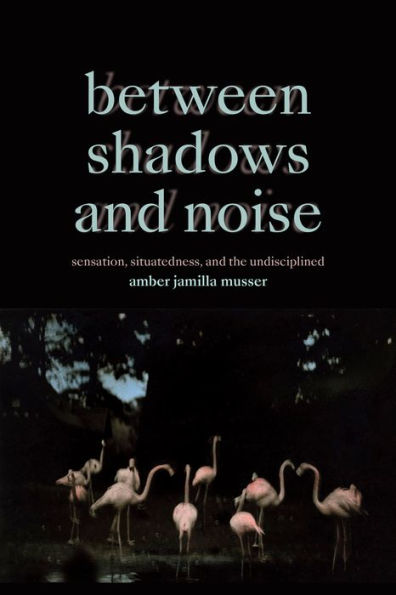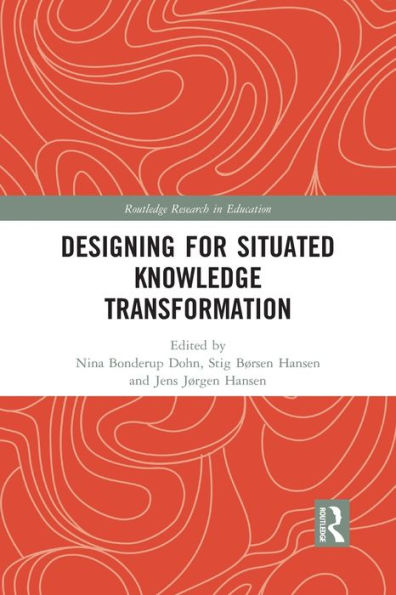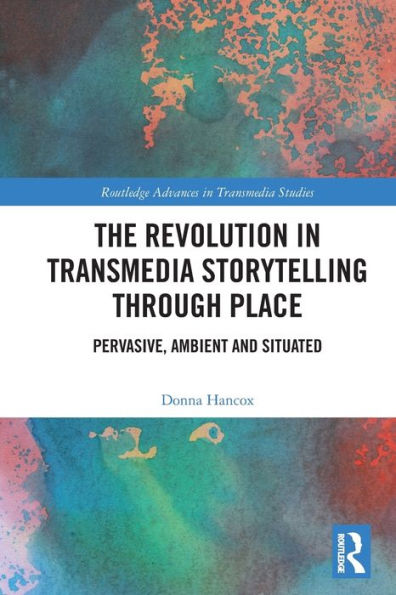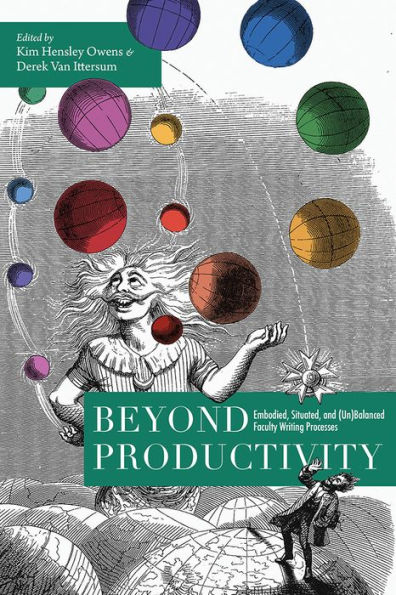Home
Between Shadows and Noise: Sensation, Situatedness, the Undisciplined
Barnes and Noble
Between Shadows and Noise: Sensation, Situatedness, the Undisciplined
Current price: $99.95


Barnes and Noble
Between Shadows and Noise: Sensation, Situatedness, the Undisciplined
Current price: $99.95
Size: Hardcover
Loading Inventory...
*Product information may vary - to confirm product availability, pricing, shipping and return information please contact Barnes and Noble
In
Between Shadows and Noise
Amber Jamilla Musser theorizes sensation as a Black feminist method for aesthetic interpretation and criticism that uses the knowledges held by the body to access the unrepresentable. Thinking through Blackness, empire, and colonialism, Musser examines artworks ranging from Ming Smith’s
Flamingo Fandango
, Jordan Peele’s
Us
, and Katherine Dunham’s
Shango
to Samita Sinha’s
This ember state
, Titus Kaphar’s
A Pillow for Fragile Fictions
, and Teresita Fernández’s
Puerto Rico (Burned) 6
. She engages with these works from an embodied situatedness to grapple with the questions and sensations of racialization and difference that the works produce. Throughout, Musser rethinks how we consider the relationships between race, representation, and politics by dwelling in those spaces and concepts that elude Western norms of representation, objectivity, and logic. In so doing, she explores ways of being and knowing that exceed overdetermined parameters while offering a blueprint for sensing, imagining, and living otherwise.
Between Shadows and Noise
Amber Jamilla Musser theorizes sensation as a Black feminist method for aesthetic interpretation and criticism that uses the knowledges held by the body to access the unrepresentable. Thinking through Blackness, empire, and colonialism, Musser examines artworks ranging from Ming Smith’s
Flamingo Fandango
, Jordan Peele’s
Us
, and Katherine Dunham’s
Shango
to Samita Sinha’s
This ember state
, Titus Kaphar’s
A Pillow for Fragile Fictions
, and Teresita Fernández’s
Puerto Rico (Burned) 6
. She engages with these works from an embodied situatedness to grapple with the questions and sensations of racialization and difference that the works produce. Throughout, Musser rethinks how we consider the relationships between race, representation, and politics by dwelling in those spaces and concepts that elude Western norms of representation, objectivity, and logic. In so doing, she explores ways of being and knowing that exceed overdetermined parameters while offering a blueprint for sensing, imagining, and living otherwise.
![Shadows and Light [Red & Clear 2LP] [Barnes Noble Exclusive]](https://prodimage.images-bn.com/pimages/0603497826117_p0_v2_s600x595.jpg)
















